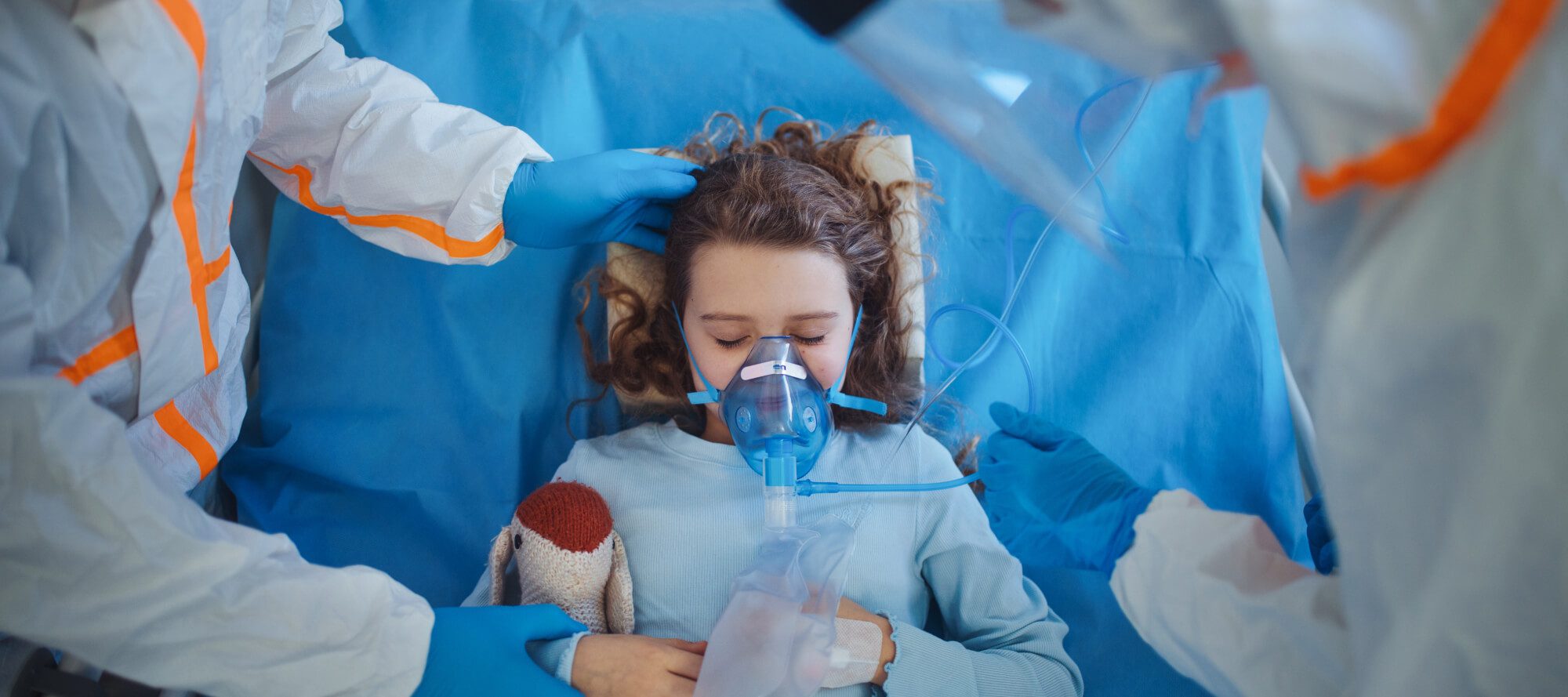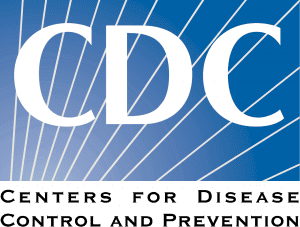- Association between Use of a Voluntary Isolation Centre and Reduced Household SARS-CoV-2 Transmission: A Matched Cohort Study from Toronto, Canada
Background. “Throughout the COVID-19 pandemic, many jurisdictions established isolation centres to help reduce household transmission; however, few real-world studies support their effectiveness. We compared the risk of transmission among households where first cases used the Toronto Voluntary Isolation Centre (TVIC) compared to households receiving routine self-isolation guidance, prior to widespread vaccine availability.” Median duration from first case symptom onset to TVIC check-in was three days (IDR [interdecile range]=1-6 days); median check-out date was 11 days after onset (IDR=10-13 days). The attack rate among TVIC households was 5.2% (53/1,015) compared to 8.4% (787/9,408) among self-isolation households (hazard ratio [HR]=0.50, 95% confidence interval [CI]=0.28-0.90). Greater reductions were observed when first cases isolated sooner after symptom onset (HR=0.37, 95%CI: 0.13-1.04), and in larger (HR=0.30, 95%CI: 0.14-0.67) and more crowded (HR=0.34, 95%CI: 0.15-0.77) households. Use of a voluntary isolation center was associated with a 50% reduction in household SARS-CoV-2 attack rate, prior to the availability of vaccines.
- Risks of SARS-CoV-2 JN.1 Infection and COVID-19–Associated Emergency Department Visits/Hospitalizations Following Updated Boosters and Prior Infection: A Population-Based Cohort Study
Here they are looking at 26 November 2023 to 13 January 2024 when JN.1 was the predominant variant. They conducted a retrospective population-based cohort study including Singaporeans aged ≥18 years. Here, a total of 3,086,562 boosted adult Singaporeans were included in the study population, accounting for 146,863,476 person-days of observation. During the JN.1 outbreak, 28,160 SARS-CoV-2 infections were recorded, with 2,926 hospitalizations and 3,747 ED visits. They compared with individuals last boosted ≥1 year earlier with ancestral monovalent vaccines, to those that got an updated XBB.1.5 booster 8–120 days earlier. They found that getting an updated XBB.1.5 booster 8–120 days earlier was associated with lower risk of JN.1 infection (adjusted hazard ratio [aHR], 0.59 [95% confidence interval (CI), .52–.66]); COVID-19–associated ED visits (0.50 [.34–.73]); and hospitalizations (0.58 [.37–.91]), But if we look past 120 days, receipt of a bivalent booster 121–365 days earlier was associated with lower risk of JN.1 infection (0.92 [.88–.95]) and ED visits (0.80 [.70–.90]). But for severe disease, lower risk of COVID-19 hospitalization during the JN.1 outbreak (aHR, 0.57 [95% CI, .33–.97]) was still observed following receipt of an updated XBB.1.5 booster 8–120 days earlier, even when analysis was restricted to previously infected individuals.
- Real Clinical Effectiveness of Molnupiravir against 30-day Mortality among 74,541 SARS-CoV-2 Positive Patients: A Nationwide Cohort Study from the Czech Republic
Investigators report the results of a population-wide retrospective cohort study in the Czech Republic. They analyzed all 74,541 patients with an officially registered diagnosis of SARS-CoV-2 infection between 1 January and 31 December, 2022, aged 18 years or older, treated with molnupiravir. The primary outcome was 30-day all-cause mortality; the secondary outcome was 30-day COVID-19-related mortality. The use of molnupiravir in adult SARS-CoV-2 positive patients was associated with a lower risk of both 30-day all-cause mortality: adjusted HR 0.58 (95% CI, 0.53 to 0.64; p<0.001) and 30-day COVID-19-related mortality: adjusted HR 0.50 (95% CI, 0.42 to 0.58; p<0.001). The effect of molnupiravir was highly significant regardless of sex, DCCI score, hospitalization status, COVID-19 vaccination status, and age in patients over 65. - Time to Sustained Recovery Among Outpatients With COVID-19 Receiving Montelukast vs Placebo The ACTIV-6 Randomized Clinical Trial
Authors asked:“Does a 14-day course of montelukast, 10 mg once daily, reduce symptom duration among outpatient adults (aged ≥30 years) with mild to moderate COVID-19 compared with placebo?” The primary outcome was time to sustained recovery (defined as ≥3 consecutive days without symptoms). In this randomized clinical trial of outpatients with mild to moderate COVID-19, treatment with montelukast did not reduce duration of COVID-19 symptoms.
- Efficacy and Safety of Remdesivir in People With Impaired Kidney Function Hospitalized for COVID-19 Pneumonia: A Randomized Clinical Trial
Authors present more evidence that remdesivir is safe to use in people with impaired kidney function. - Remdesivir for 5 or 10 Days in Patients with Severe Covid-19
Studied administration of remdesivir for five and 10 days. Ten days is probably too much and five days is probably the optimum duration, with a trend toward better outcomes with five days versus 10 days. - Remdesivir for Treatment of COVID-19 Requiring Oxygen Support: A Cross-Study Comparison From 2 Large, Open-Label Studies
Remdesivir was significantly associated with a 54% lower adjusted mortality risk (HR, 0.46; 95% confidence interval [CI]: .39–.54; P < .001). Favorable survival associations were observed regardless of baseline oxygen support (all P < .001) and overall people were more likely to be discharged alive from hospital if treated with remdesivir at every level of pulmonary support.
- Neurologic Manifestations of Long COVID Disproportionately Affect Young and Middle-age Adults
Investigators sought to investigate neurologic manifestations of post-acute sequelae of SARS-CoV-2 infection (Neuro-PASC) in post-hospitalization Neuro-PASC (PNP) and non-hospitalized Neuro-PASC (NNP) patients across the adult lifespan. They looked at the first consecutive PNP and NNP patients evaluated at a Neuro-coronavirus disease 2019 (COVID-19) clinic between May 2020 and March 2023. Patients were divided into younger (18–44 years), middle-age (45–64 years), and older (65+ years) age groups. They found that younger and middle-age individuals accounted for 142 of 200 (71%) of PNP and 995 of 1,100 (90.5%) of NNP patients. There were significant age-related differences in subjective impression of fatigue and sleep disturbance and higher impairment in quality of life (QoL) among younger patients. There were significant age-related differences in objective executive function and working memory with the worst performance coming from the younger group.
Situation Dashboards

World Health Organization (WHO)
Novel Coronavirus (COVID-19) Situation from World Health Organization (WHO)

Johns Hopkins University (JHU)
Coronavirus COVID-19 Global Cases by the Center for Systems Science and Engineering (CSSE) at JHU

COVID-19 in US and Canada
1Point3Acres Real-Time Coronavirus (COVID-19) Updates in US and Canada with Credible Sources

Genomic Epidemiology COVID-19
Genomic Epidemiology of (COVID-19) Maintained by the Nextstrain team, enabled by data from GISAID.






